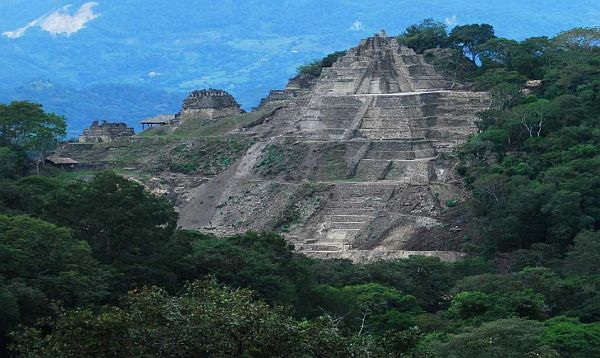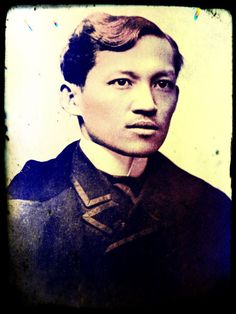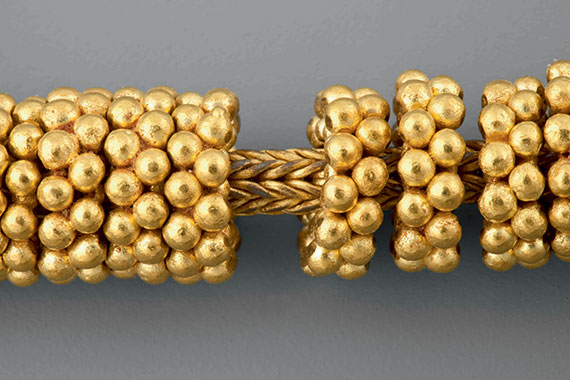Is it true that the Maharlikans were not obsessed in constructing
towering temples for purposes of rituals and ceremonies to please the Elohim
because they believe the gods will not thrive in there? There are no archaeological
evidences of ancient structures have been unearthed or discovered in the Philippines showing any
of these activities. The only Maharlikan’s obsessions
are gold, silver and other precious metals and stones (gems) and crystals.
Ophir (ancient Philippines) was undeniably a land rich of gold as it was discussed
in my previous posts and even supported by some ancient writings or accounts
and even the Bible itself. Ophir was even described with its mountains of gold,
a richness and resources so abundant beyond imaginations. But where are these
golds now? How could a mountain of gold
vanish away without a trace except for some gold veins and motherlodes found in
its mountains where mining activities are undertaking?
Traveling back to the time of the biblical King Solomon, it
is said that his navy went to Ophir (Philippines) and from thence they fetched gold
by the hundreds of talents; e.g. 420 talents (1 Kings 9:28) or 3000 talents (I
Chronicles 29:4). That’s a huge volume of gold from Ophir.
In Hebrew weighing scale, one talent is equivalent to 34.2
kilos in the English metric scale. Putting that in the calculations, King
Solomon could have:
420
talents x 34.2 kilos = 14,364 kilos
(14.3 MT)
3000
talents x 34.2 kilos = 102,600 kilos
(102.6 MT)
But that huge volume do not even represents a mountain-size
figure. There must be a more tangible proof to show that Ophir really has that
resources of gold so abundant that they even called it mountains of gold. But
where are these mountains of gold?
After watching the videos of King Solomon’s Gold Series
posted by The God Culture in Youtube, more specifically the series about the
Chocolate Hills in Bohol, Philippines, I have come to an idea, which is now for
me, a theory, that there is more in the Chocolate Hills than merely an array of
uniformly-coned mounds of the same heights. In that segment of the series the
Group is theorizing or speculating that the chocolate hills in Bohol are actually pyramids
covered with earth, like the one discovered in Mexico in 2010. That pyramid was
totally hidden and for many years no one knows that mountain is actually a
pyramid because it is completely covered by earth. This might had been covered most probably during the great flood in Noah’s time when the whole earth was covered
with water.
 |
| Image 2 Excavated Pyramid of Tonina Pyramid in Mexico |
 |
| Image 4 The Chocolate Hills, Philippines |





